Have you thought about what will happen to your well if heavy rain or a river surge reaches your property?
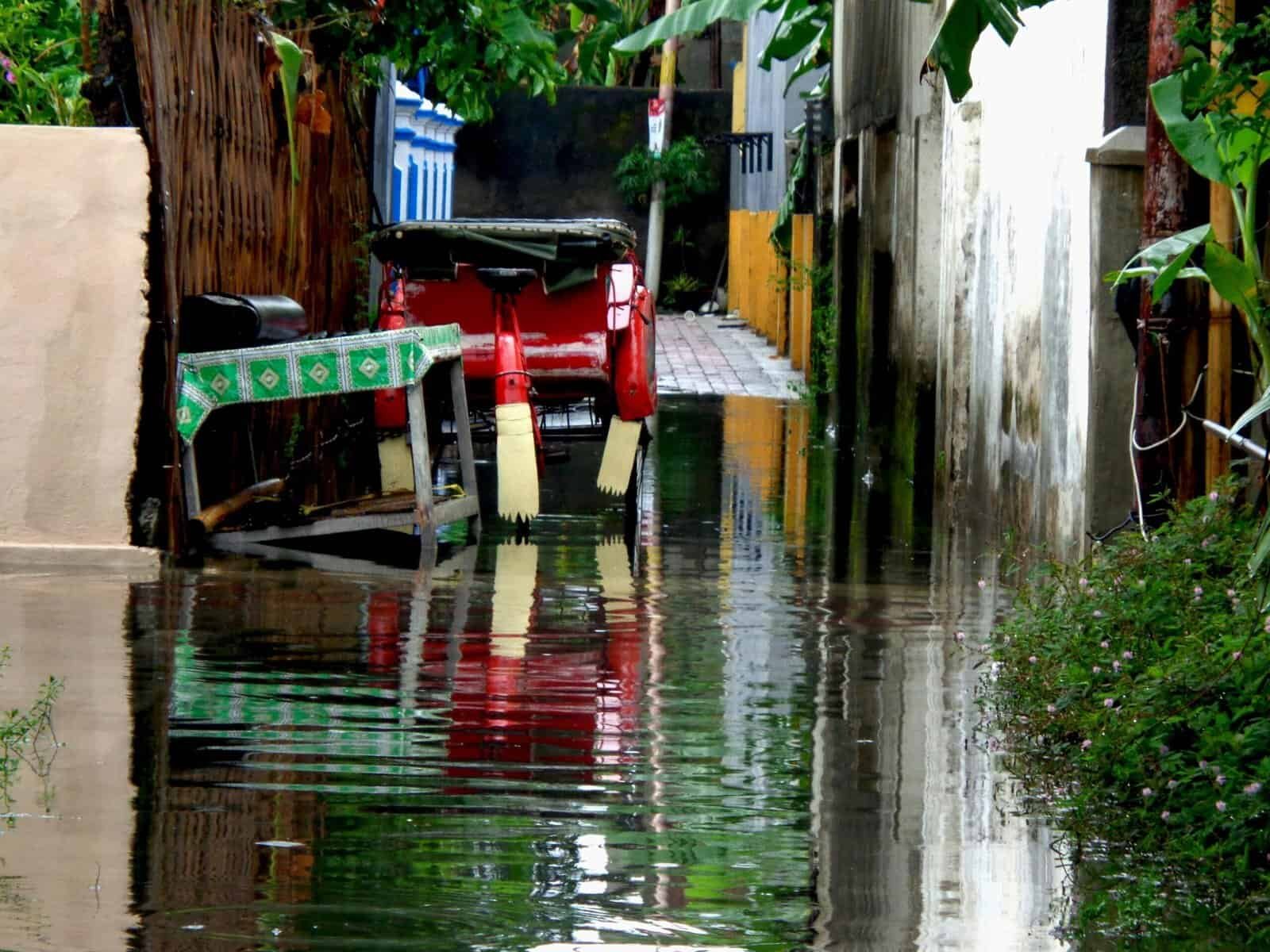
How Do I Protect My Well From Flooding?
You rely on your well for safe drinking water, household needs, and peace of mind. Protecting it from flooding means protecting your health, your plumbing system, and your property value. The following guidance breaks down sensible steps to prepare before a flood, what to do while floodwaters are present, and how to recover afterward. You’ll also find practical prevention upgrades, testing and disinfection guidance, and a checklist you can follow.
Why Flooding Threatens Wells
Floodwaters can carry contaminants such as bacteria, viruses, chemicals, and sediments. When water inundates a wellhead, casing, or pit, surface contaminants can enter the well and the pressure and electrical systems that serve your home. You need to treat flood-exposed wells as potentially contaminated until testing shows they are safe.
Types of Wells and Flood Vulnerability
Different well types respond differently to flood hazards, so it’s important to know which kind you have and how vulnerable it is.
- Dug or bored wells: These shallow wells are most vulnerable because the water table and well cavity are near the surface.
- Driven wells: Shallow and often more exposed than drilled wells.
- Drilled (bored rotary) wells: Typically deeper and less likely to be directly contaminated by surface water, but not immune if the wellhead is submerged or the casing is damaged.
- Artesian wells: Pressurized wells can be affected if surface water infiltrates through the surface seal or casing.
- Well pits and vaults: Wells inside pits or concrete vaults are at especially high risk when floodwater fills the pit.
Knowing your well type helps you choose appropriate protective measures and post-flood steps.
How Floodwater Causes Well Problems
Floodwater can affect wells in several ways:
- Surface contamination: Floodwater often contains sewage, agricultural runoff, and industrial pollutants that can contaminate the well.
- Damage to hardware: Pumps, power controls, pressure tanks, and gauges can be damaged by floodwater or silt.
- Backflow: Backflow from contaminated plumbing can push pollutants into the water system if backflow prevention is absent.
- Structural damage: Erosion, shifting soil, or impacts can damage the well casing or cap.
Treat flood events as serious risks to water quality and equipment integrity.
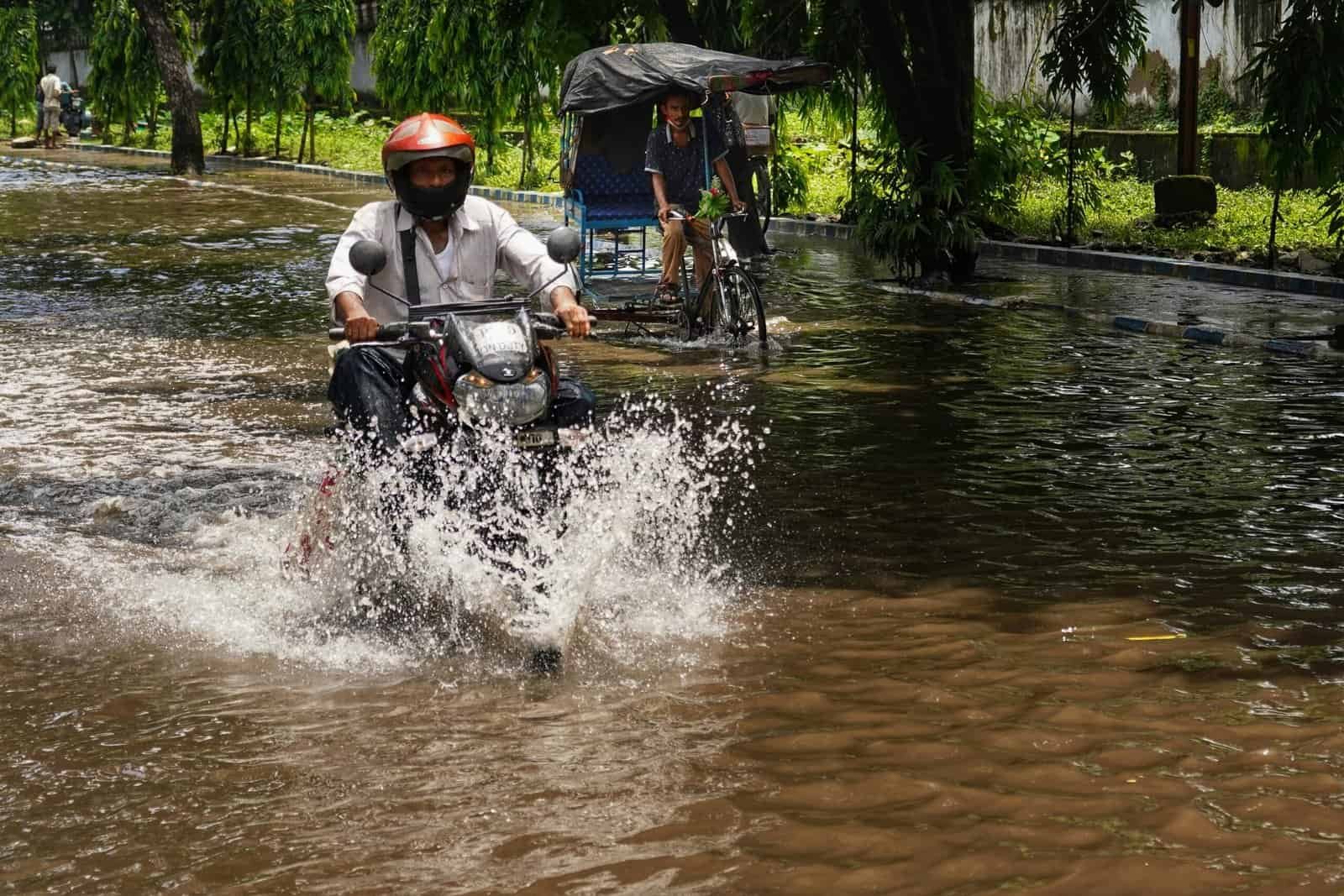
Before a Flood: Planning and Preparation
Preparation is the most effective way to protect your well. The following measures reduce the risk of contamination and help you act quickly when a flood is imminent.
1. Know your well and local flood risk
Understand where your well is located relative to low-lying areas, streams, and the floodplain. Check flood maps or contact local emergency management to learn about your property’s flood risk. Knowing the depth and type of your well helps you determine protective options.
2. Elevate or relocate critical components
If possible, raise electrical controls, pressure tanks, and switchgear above expected flood levels. Elevation helps prevent damage and hazardous electrical conditions during a flood. If moving equipment is practical, place it in a basement or area less likely to flood.
3. Seal and secure the wellhead
Install a county- or state-approved sanitary well cap and ensure the top of the casing extends above the surrounding flood level. Check the cap periodically for damage, and make sure vents are protected with appropriate screening that still allows venting. Sealing prevents surface water from entering the well.
4. Install backflow prevention and check valves
Place a backflow preventer or check valve on the water line to stop contaminated water from flowing back into the well system or distribution piping.
5. Create a flood plan and supply kit
Assemble a kit with bottled water, water purification tablets, personal protective equipment (PPE), flashlights, batteries, and contact numbers for local health departments and licensed well contractors.
6. Keep records and photographs
Document your well’s location, make and model of pumps, recent maintenance, and water test results. Photographs taken before a flood will help with insurance claims and repair planning.
7. Consider permanent upgrades
If you live in a flood-prone area, discuss with a professional the possibility of raising the wellhead, installing a watertight well cap, or converting a well pit into a sealed above-ground installation.
Checklist: Pre-Flood Actions
| Action | Why it matters |
|---|---|
| Locate and record well details | Helps responders and contractors act quickly |
| Elevate electrical equipment and pressure tanks | Reduces risk of electrical hazards and equipment loss |
| Install approved sanitary well cap | Prevents direct entry of contaminants |
| Add backflow preventer/check valve | Stops backflow into the well system |
| Prepare emergency water supply | Ensures safe water for drinking and hygiene |
| Photograph well and equipment | Assists with insurance and repairs |
| Contact local health department | Learn specific local guidance and resources |
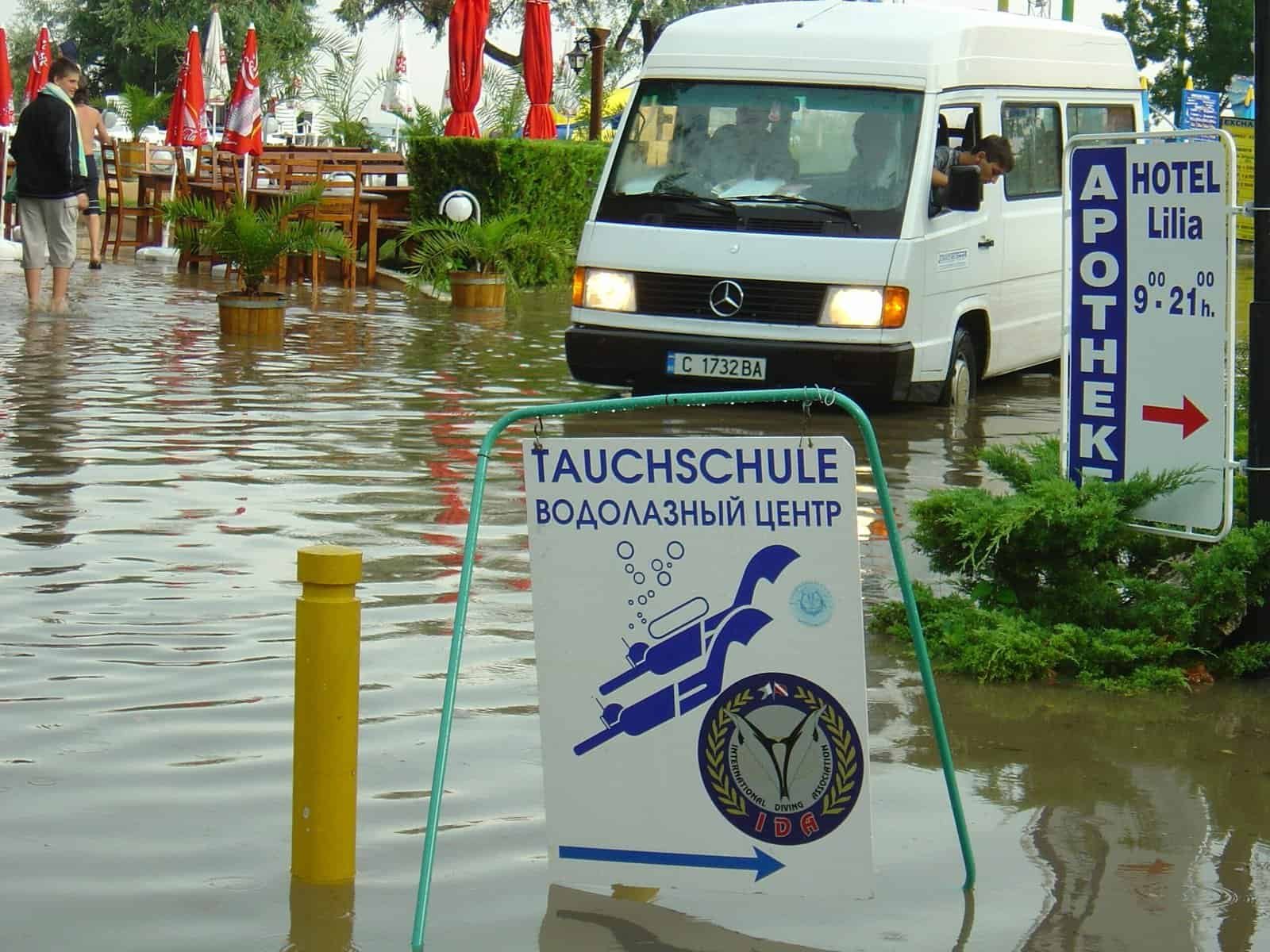
During a Flood: Immediate Actions
If floodwaters are approaching or already on your property, your safety is the priority. Follow local evacuation orders. If you remain on-site, take these actions to limit damage to your well.
1. Turn off power to well pump
If the well equipment is accessible and you can safely reach the control, switch off power to avoid electrical hazards and motor damage when submerged. If you cannot safely reach the controls, prioritize personal safety and evacuate.
2. Do not use well water during flooding
Avoid drinking or using water from a well that has been submerged or exposed to floodwater. Even if the water looks clear, contaminants may be present. Use your emergency water supply, bottled water, or boil water only if advised by health officials.
3. Prevent water entry to plumbing
If possible, shut off valves between the well and house plumbing to reduce the chance of contaminated water moving into household pipes or appliances.
4. Keep a safe distance during fast-moving floodwaters
You should not enter floodwaters to handle well equipment. Fast currents and unseen hazards make this dangerous.
After Flooding: Inspection, Testing, and Recovery
When floodwaters recede and it is safe to return, assume the worst for water quality and proceed methodically to bring your well back to safe operation.
1. Safety first
Do not turn on power to the pump until equipment has been inspected and confirmed safe to re-energize. If the control box, pressure tank, wiring, or pump was submerged, contact a licensed electrician or well contractor to inspect before restoring power.
2. Inspect the wellhead and physical structure
Look for visible signs of damage: cracks in the casing, missing or damaged caps, silt or debris around the well, and structural damage to vaults or pits. Photograph any damage for records and insurance claims.
3. Remove sludge, debris, and silt
If floodwater left sediment around the wellhead or inside a well pit, have a professional clean and remove it to prevent recontamination and mechanical problems.
4. Disinfect the well (shock chlorination)
Shock chlorination is commonly used after flooding, but you should follow local health department recommendations and, ideally, a licensed well contractor’s guidance. Shock chlorination involves introducing a chlorine solution into the well and distribution system to disinfect it. After chlorination, the system is flushed and water is retested.
Note: Thoroughly read and follow local instructions. Improper disinfection can harm your plumbing or fail to clear contaminants. If you are uncertain, hire a professional.
5. Test your water
Before resuming normal use, have your well water tested for standard contaminants: total coliform/E. coli, nitrates, and any site-specific chemicals (e.g., petroleum, pesticides). After a flood, test for bacterial contamination first and then run a broader panel if necessary. Continue testing periodically (e.g., monthly until results are consistently safe).
6. Follow boil-water or do-not-use advisories
If your local health department issues a boil water advisory or do-not-use notice, follow the instructions exactly. Boiling disinfects water for drinking but will not remove chemical contaminants.
7. Repair or replace damaged equipment
Repairing electrical controls, pumps, or pressure tanks often requires licensed professionals. Replace any components that were submerged or contaminated beyond repair.
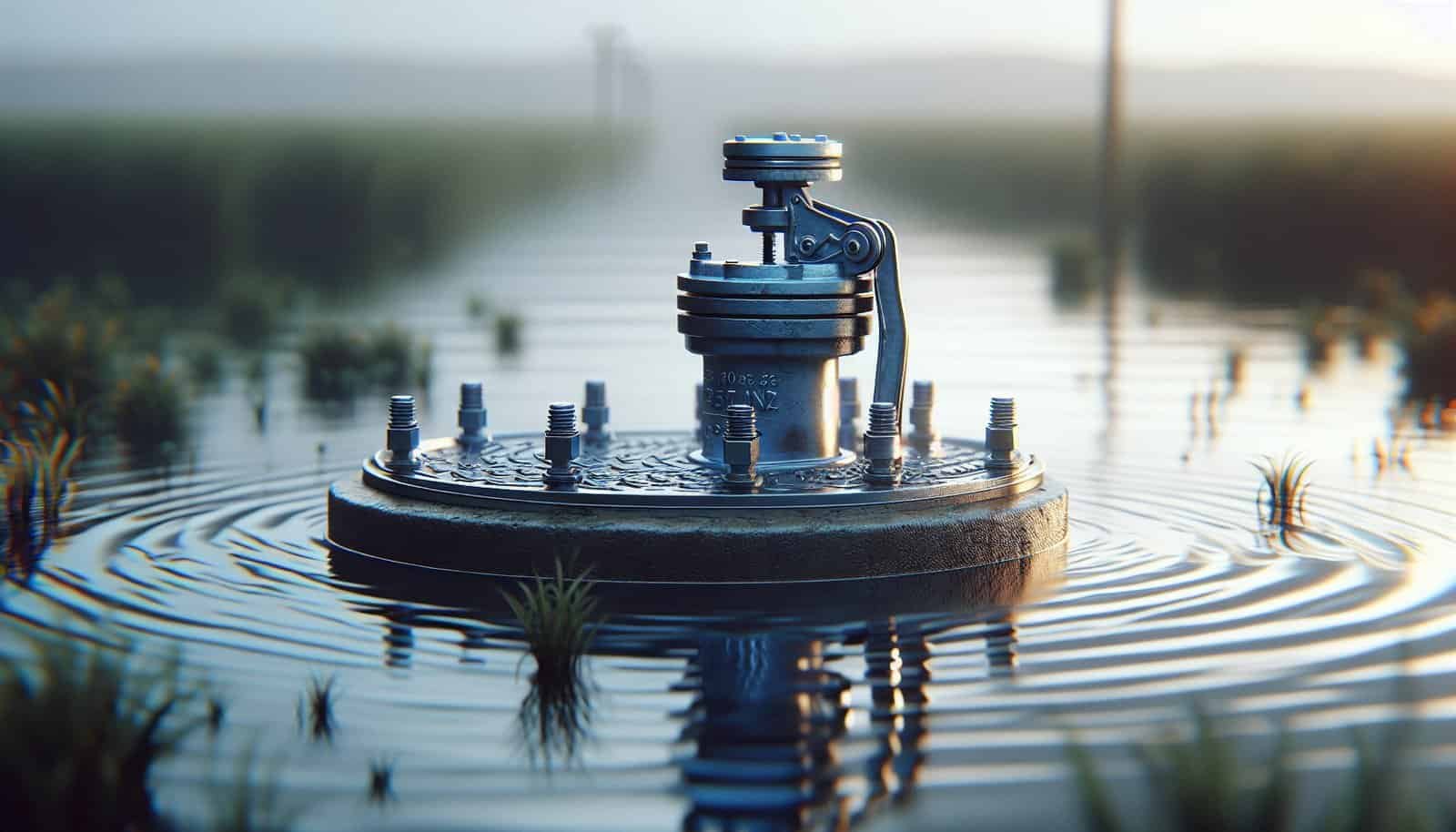
Table: Post-Flood Actions and Priority
| Task | Urgency | Who should do it |
|---|---|---|
| Wait until it’s safe to return | Immediate | You/family |
| Turn off power to well (if safe) | Immediate | You or electrician |
| Photograph and document damage | Immediate after safe return | You |
| Inspect wellhead and casing | Within 24–72 hours | You or contractor |
| Contact local health department | Within 24–72 hours | You |
| Disinfect well | Within days, before regular use | You (trained) or contractor |
| Test water (coliform/E. coli) | Before regular use | Certified lab |
| Repair electrical or mechanical components | As soon as practical | Licensed professional |
Shock Chlorination: Overview and Cautions
Shock chlorination can be effective against many pathogens, but it has limitations and risks. You should follow local health department guidance and, whenever possible, use a qualified well contractor.
- General goal: Achieve a sufficient free chlorine concentration in the well and plumbing system to kill bacteria and viruses.
- Typical concentration ranges used: 50–200 parts per million (ppm) free chlorine in the well water during treatment. Many state guidelines recommend specific concentrations; check local guidance.
- After treating, you must flush the system until chlorine odor is gone and then retest water.
Caution: Chlorine can react with certain chemicals and create harmful by-products; it will not remove metals or many chemicals. Don’t mix chemicals, and don’t enter or use the well until advised safe.
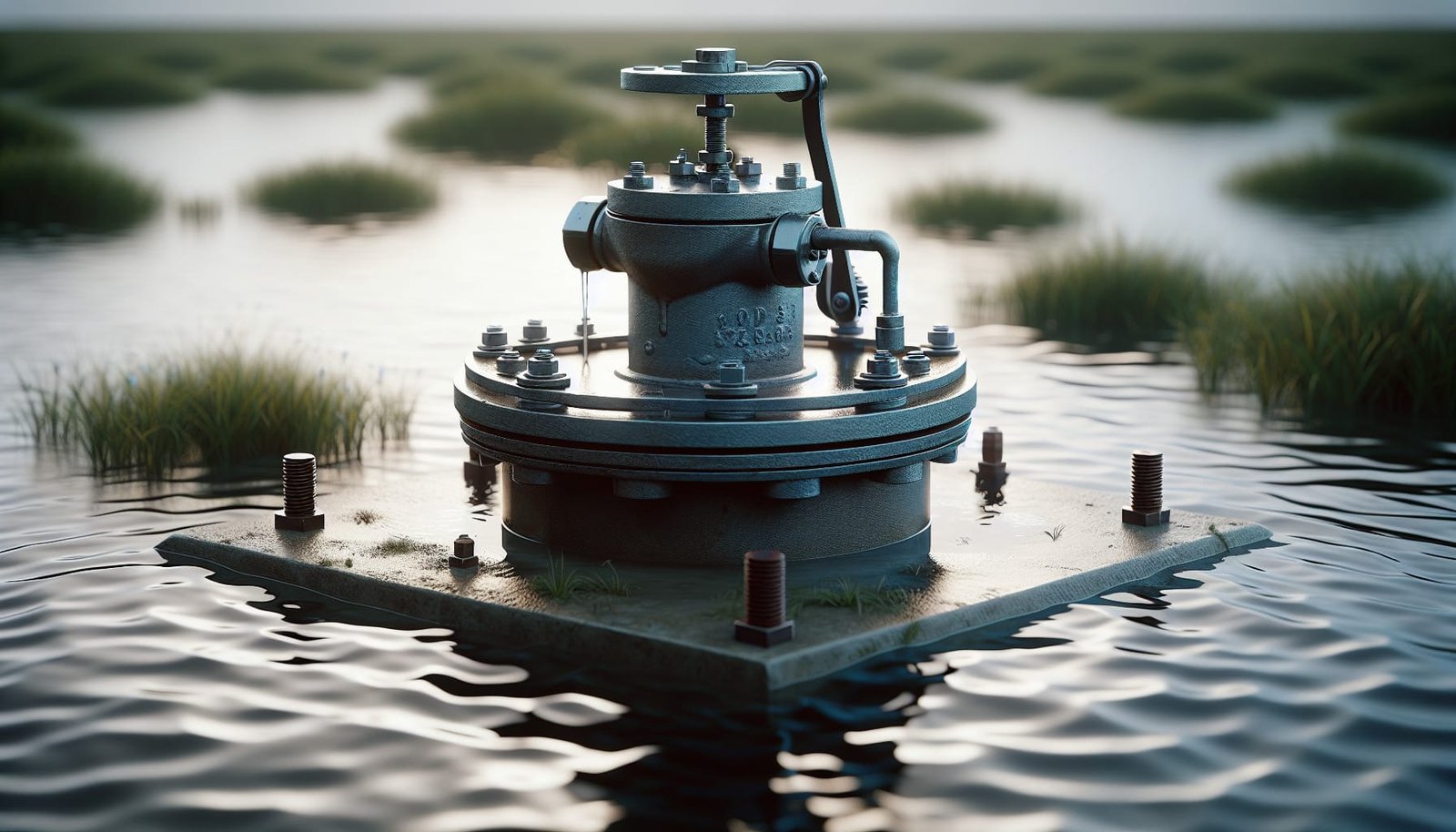
Water Testing: What to Test and When
Testing is your confirmation that the water is safe. After any flood exposure:
- Test for bacterial contamination (total coliform and E. coli) immediately after disinfecting and flushing.
- Test for nitrates, particularly in agricultural areas or where fertilizer use is common.
- If the flood involved industrial runoff, fuel spills, or chemical release, test for site-specific contaminants (volatile organic compounds, petroleum hydrocarbons, heavy metals).
- Repeat bacterial testing after any remediation step and again in 1–3 months to ensure safety.
Use a state-certified lab for accurate, defensible testing. Local health departments can often recommend labs and interpret results.
Common Flood-Related Contaminants and Health Effects
| Contaminant type | Source during floods | Possible health concerns |
|---|---|---|
| Coliform bacteria / E. coli | Sewage, livestock waste, septic overflow | Gastrointestinal illness, diarrhea, cramps, fever |
| Viruses | Sewage, human waste | Gastroenteritis, hepatitis (rare), other infections |
| Nitrates | Agricultural runoff, fertilizer | Methemoglobinemia in infants, other health risks |
| Petroleum products | Fuel spills, flooded tanks | Nausea, headaches, long-term risks with chronic exposure |
| Pesticides/herbicides | Agricultural runoff | Acute poisoning, long-term health effects |
| Heavy metals | Industrial runoff, disturbed soils | Chronic health effects, organ damage |
If tests show contamination, follow health department guidance and consider point-of-use treatment or alternate water sources.
Treatment Options for Contaminated Well Water
If testing shows contamination, possible treatments depend on the contaminant:
- Bacterial contamination: Shock chlorination + flushing, then retest. Continuous disinfection (e.g., chlorination, UV with pretreatment) may be needed if source contamination is persistent.
- Viruses: Shock chlorination is often effective; UV disinfection is also effective for viruses if the water is low in suspended solids.
- Nitrates: Reverse osmosis, ion exchange, or distillation can reduce nitrates at the point-of-use; whole-house solutions are more complex.
- Chemical contamination (VOCs, fuels): Activated carbon filters, air stripping, or whole-house remediation may be necessary; for serious contamination, a new water source may be required.
- Heavy metals: Specific filtration (e.g., reverse osmosis, specialized media) is used depending on the metal.
Always match treatment to the contaminant and maintain treatment equipment per manufacturer instructions.
Protecting Pumps, Tanks, and Electrical Systems
Pump and control components can be expensive to replace. Take these steps to limit damage:
- Elevate electrical panels, controls, and pressure tanks above expected flood levels.
- Install circuit breakers or switches that you can safely access above flood level.
- If a submersible pump is submerged in floodwater, do not turn it on until it has been inspected and cleaned by a qualified professional.
- Use submersible pumps that are rated for intermittent immersion if your area has frequent shallow flooding, but follow manufacturer guidance.
Insurance may or may not cover damage, so document everything and check your policy.
Insurance, Codes, and Local Resources
- Flood insurance: Standard homeowner policies don’t usually cover flood damage; consider a separate flood insurance policy if you’re in a flood-prone area.
- Building and well codes: Local and state codes often specify well construction and wellhead elevation standards. Consult your local health department or building authority before making structural changes to your well.
- Local resources: Your state or county health department, extension office, or environmental agency can provide guidance, testing resources, and lists of certified contractors.
Cost Considerations and Practical Upgrades
Costs vary widely, but here are ballpark considerations:
- Professional well inspection: $150–$500 depending on complexity.
- Shock chlorination (professional): $150–$400.
- Replacement sanitary well cap: $50–$200.
- Raising wellhead (minor): $500–$2,500 depending on site work.
- Pump replacement: $500–$3,000+ depending on pump type and depth.
- Whole-house floodproofing/equipment elevation: $1,000–$10,000+ depending on scope.
Always get multiple quotes and check credentials before hiring a contractor.
When to Call a Professional
Contact a licensed well contractor or certified plumber if:
- You’re unsure how to disinfect the well safely.
- The pump or electrical system was submerged.
- The well casing is damaged or the wellhead is compromised.
- Multiple rounds of disinfection and testing fail to clear contamination.
- You need to elevate or permanently modify the well structure.
Local health departments can often recommend licensed professionals.
Long-Term Prevention Strategies
To reduce future flood risk:
- Move or raise critical components above expected flood levels.
- Replace pits or vaults with sealed above-grade wellheads if feasible.
- Improve property drainage and grading so surface water moves away from the well.
- Install a watertight sanitary well cap and maintain it annually.
- Keep hazardous materials (fuel tanks, chemicals) uphill and away from your well.
- Make a maintenance schedule for well inspections, testing, and record-keeping.
Those investments pay off in fewer disruptions, less risk to health, and lower long-term costs.
Emergency Water Options
If your well is unusable after a flood, consider:
- Bottled water for drinking and cooking.
- Municipal water (if available) or water from neighbors not affected.
- Boiling water (if bacterial contamination only and health dept. advises).
- Portable water purification systems (certified filters, purification tablets) — check what contaminants each method removes.
Always prioritize safe drinking water for infants, pregnant people, elderly, and immunocompromised household members.
Frequently Asked Questions
How long after a flood should I wait to use my well?
You should wait until the well has been inspected, disinfected if necessary, and water testing shows it’s safe. This can take days to weeks depending on damage and testing turnaround.
Can I disinfect my well myself?
You can if you follow reliable, local instructions and are comfortable with the process. For complex situations, deep wells, or submerged equipment, hire a professional.
What if tests show chemical contamination?
Chemical contamination often requires specialized treatment or a new water source. Consult your health department and a qualified water treatment professional.
Is a well that was underwater always unsafe?
Not always, but you must verify safety through inspection, disinfection if indicated, and testing. Assume contamination until proven otherwise.
Final Checklist Before You Resume Normal Well Use
| Completed? | Item |
|---|---|
| [ ] | Site is safe to enter and floodwaters have receded |
| [ ] | Power to pump/electrical systems inspected by professional |
| [ ] | Wellhead and casing inspected and repaired if necessary |
| [ ] | Well disinfected (if recommended) and flushed |
| [ ] | Water tested (at minimum coliform/E. coli) and safe |
| [ ] | Plumbing flushed and household appliances checked for contamination |
| [ ] | Records updated and photos saved for insurance/maintenance |
Closing Notes
Protecting your well from flooding is a combination of planning, timely action, and proper recovery. Prioritize safety first, then focus on inspection, disinfection, and certified testing. Upgrades like sealing, elevating equipment, and installing backflow prevention reduce long-term risk. Keep in touch with your local health department and use licensed professionals for repairs and complex disinfection. With careful preparation and response, you’ll minimize health risks and reduce the chance of long-term damage to your water supply.
